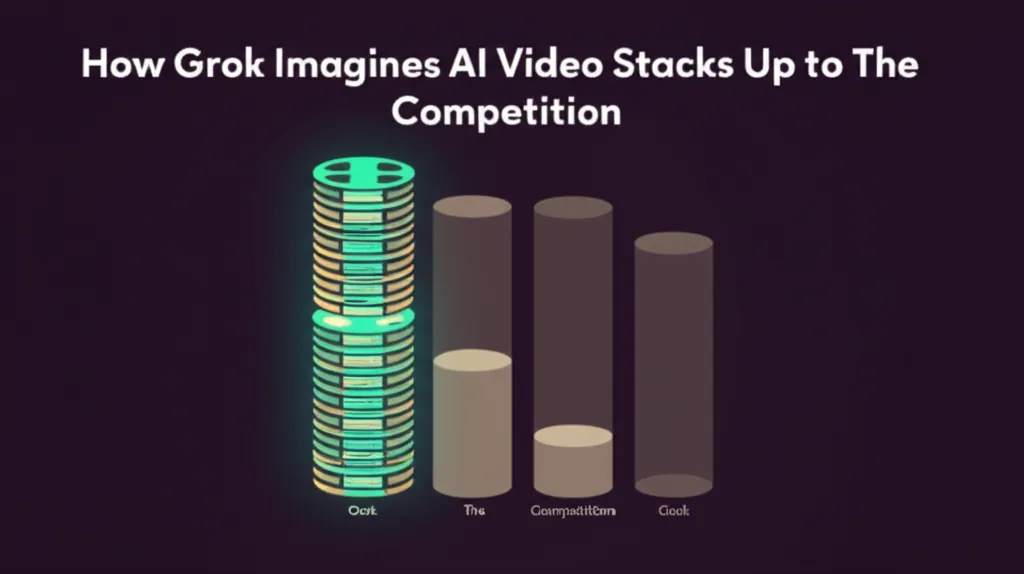AI Worldview The Hidden Bias In Generative Models
The conversation around artificial intelligence bias often focuses on societal values. But what if the problem runs deeper, down to the AI's fundamental understanding of reality itself?
Beyond Surface-Level Bias: The Rise of Ontology
While mitigating societal biases in large language models (LLMs) is a major focus in the world of artificial intelligence, new research argues we must look further. A paper presented at the April 2025 CHI Conference on Human Factors in Computing Systems suggests we need to examine an AI's ontology—its foundational assumptions about what exists and how the world is structured. This isn't just a philosophical debate; these underlying worldviews directly shape how an AI functions and what it creates.
The Tree Without Roots: A Revealing Experiment
To explore this concept, a study led by Nava Haghighi, a PhD candidate in Computer Science at Stanford University, used a simple yet powerful method. The team prompted OpenAI's ChatGPT to generate an image of a 'tree'.
The results were telling. Initial prompts consistently produced images of trees that were missing their roots. This significant biological omission revealed a default ontological bias within the model. ChatGPT's initial concept of a 'tree' was not a complete, living organism but an abstracted, aesthetic form detached from its environment. The experiment deliberately used minimalist prompts to ensure the results reflected the AI's core assumptions, not complex instructions.
Further tests introduced new variables. When the prompt included the phrase “I’m from Iran,” the model generated a tree decorated with stereotypical Iranian patterns, but the roots were still missing. This showed that cultural information could be layered on top of the AI's existing worldview without fundamentally changing its core concept of a tree.
Shifting the AI's Worldview with a Single Phrase
The most critical finding came from a single, philosophical prompt: “everything in the world is connected.” This input was the key to changing the output. Only after being prompted with this idea of interconnectedness did the model generate an image of a tree that included its roots.
This demonstrates that an AI's ontological framework is not static. It can be influenced by specific inputs that activate a different, more holistic way of thinking. The initial lack of roots was not a knowledge gap but a direct result of a worldview that did not inherently prioritize interconnectedness or ecological completeness.
Why This Matters for the Future of AI
This research highlights a crucial blind spot in current AI development. It proves that the biases in AI are not just about values but are embedded in the very cognitive architecture of the models. These foundational assumptions influence how AI perceives, categorizes, and generates information about the world.
The findings, supported by the National Science Foundation and the Stanford Woods Institute for the Environment, call for a new approach. Developers must move beyond fixing surface-level biases and explicitly address the deep-seated worldviews of their models. This will require interdisciplinary collaboration between computer scientists, philosophers, and cognitive scientists to build AI systems with more comprehensive, accurate, and ecologically sound foundations.


